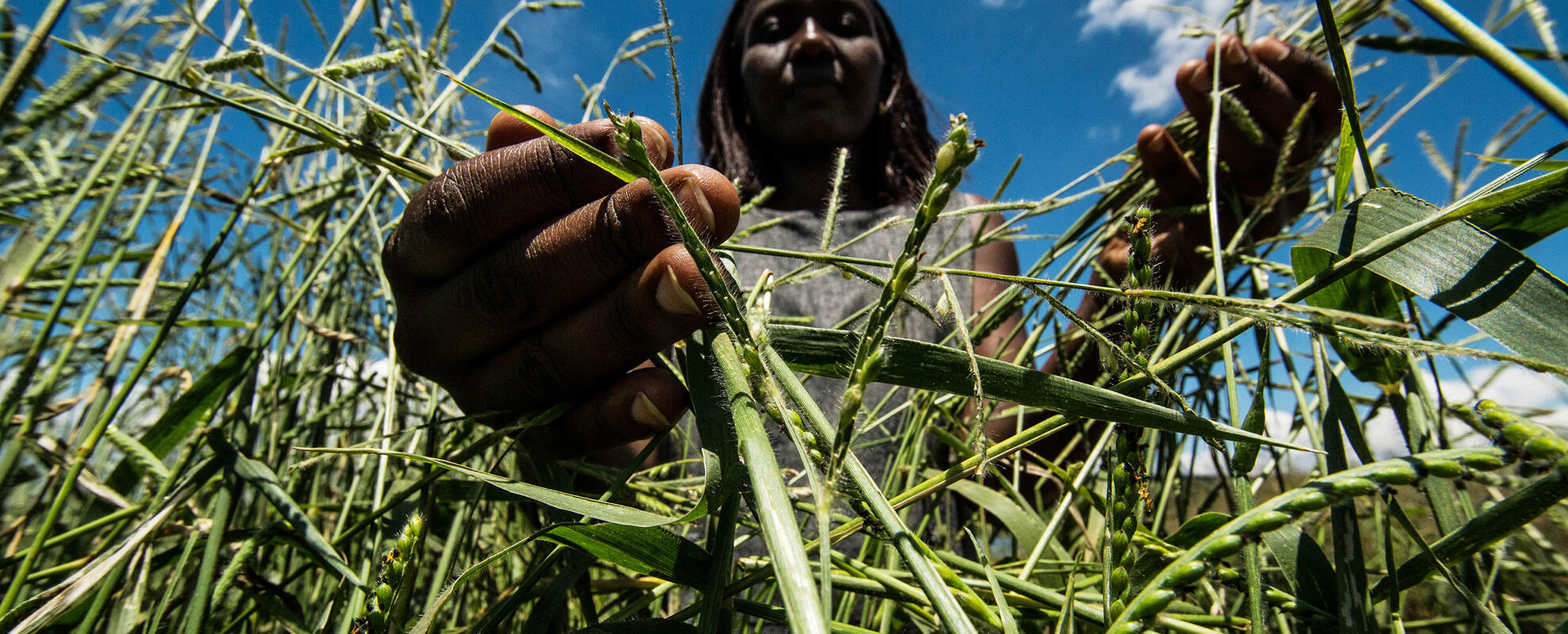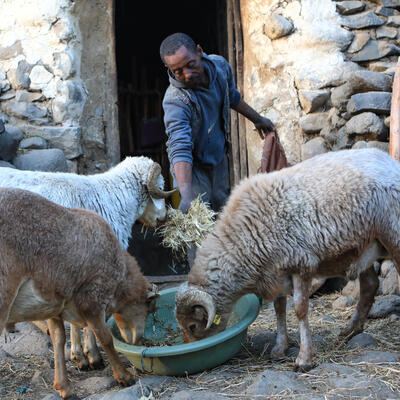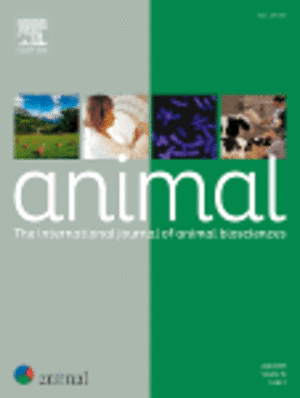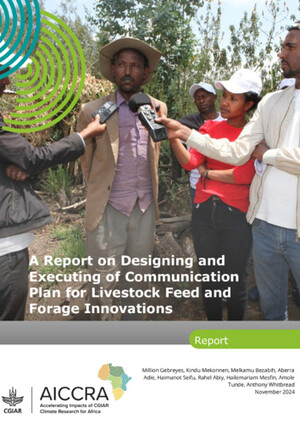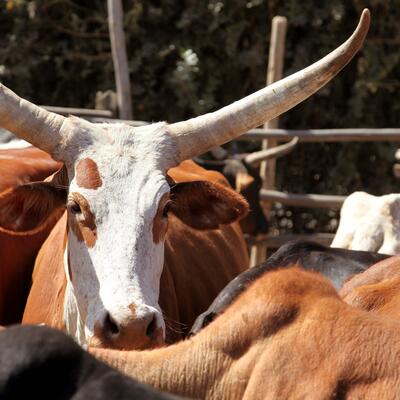
Fodder for thought: FEAST tool helps farmers optimise livestock feed for productivity
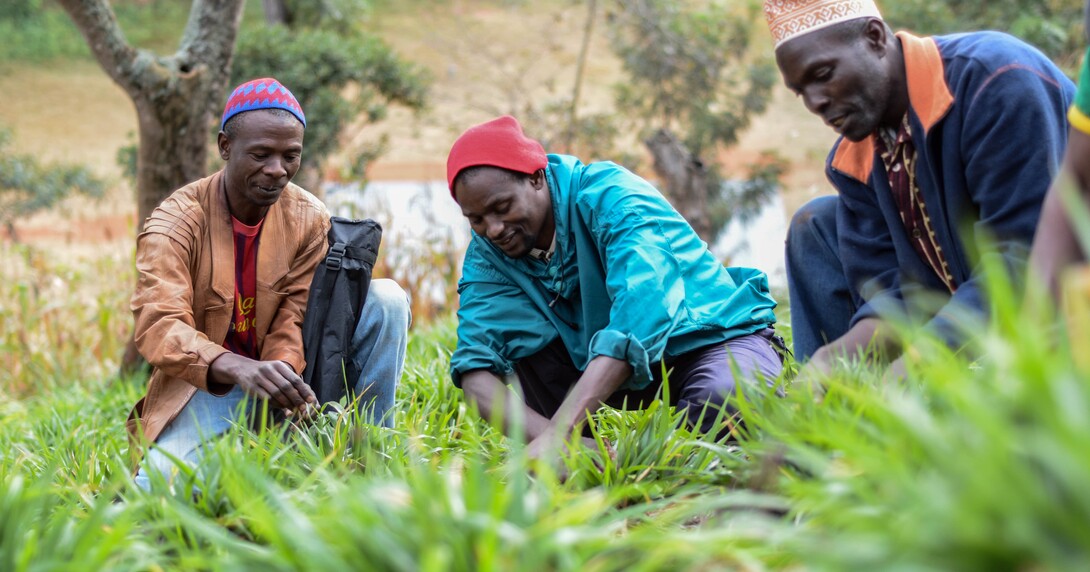
Photo: Alliance of Bioversity International and CIAT/Georgina Smith
Involving farmers in FEAST ensures that real-life perspectives and local knowledge are factored in when identifying potential livestock feed solutions.
Land O’Lakes’ non-profit arm Venture 37 has been using G- FEAST in Kenya and Tanzania to help dairy farmers in Tanzania and Kenya increase their milk production through better fodder choices.
In Tanzania, Venture37 is developing replicable models to transform the dairy industry with a view to expand across East Africa, in collaboration with management consultants Bain & Company and as part of the Global Dairy Platform’s Dairy Nourishes Africa (DNA) initiative. There, FEAST was used specifically to support commercially-oriented farmers to access the appropriate feed inputs to sustainably increase their dairy production.
In Kenya, Venture37 applied G-FEAST as part of the Kenya Nourishing Prosperity Alliance (KNPA) programme, a collaborative initiative with Forage Genetics International and the International Livestock Research Institute that aims to empower women smallholder dairy farmers in the counties of Nakuru, Kericho, Kiambu, Uasin Gishu, Nyeri and Meru, and increase the availability and quality of milk in the market in Kenya.
In both situations, FEAST helped the project staff to design site-specific feed intervention plans; facilitate farmers on how best to harvest and store forage for future use depending on the availability throughout the year; and develop and promote site-specific feed conservation technologies such as hay and silage-making, and improvement of poor quality crop residues, said Consolata Kavishe, a monitoring, evaluation and learning manager at Venture37 who is based in Tanzania.
In Kenya, the G-FEAST tool also “helped the KNPA programme to design and conduct relevant training targeting specific gendered groups and develop interventions that could be easily adopted by either women, men or both,” added Kavishe.
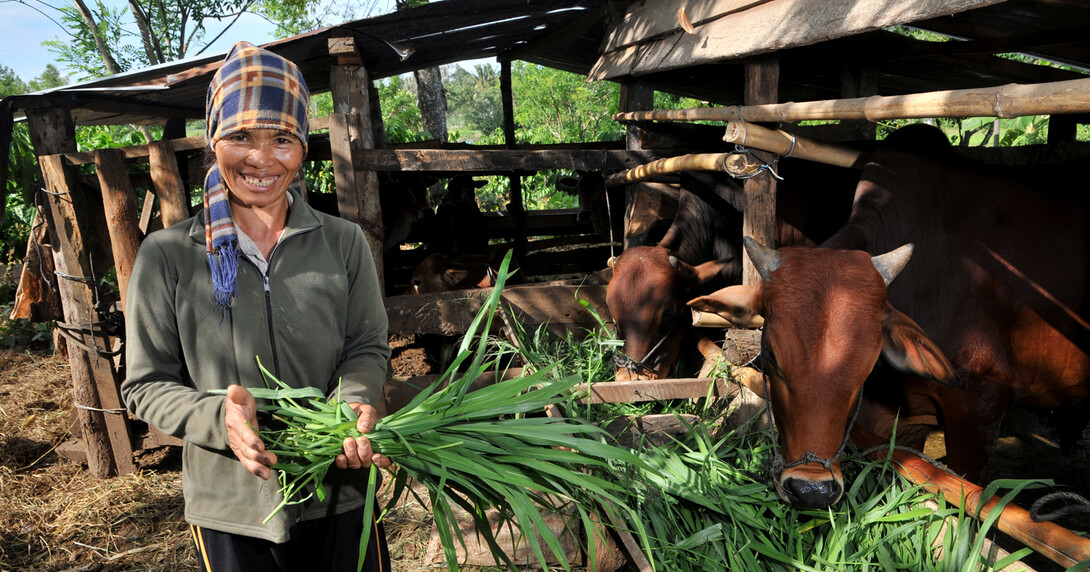
Photo: Alliance of Bioversity International and CIAT/NeilPalmer
G-FEAST includes detailed information of women’s contributions to feed and fodder production and how they stand to benefit or lose out from any changes in that production system.





